Silk Road Travel Tips
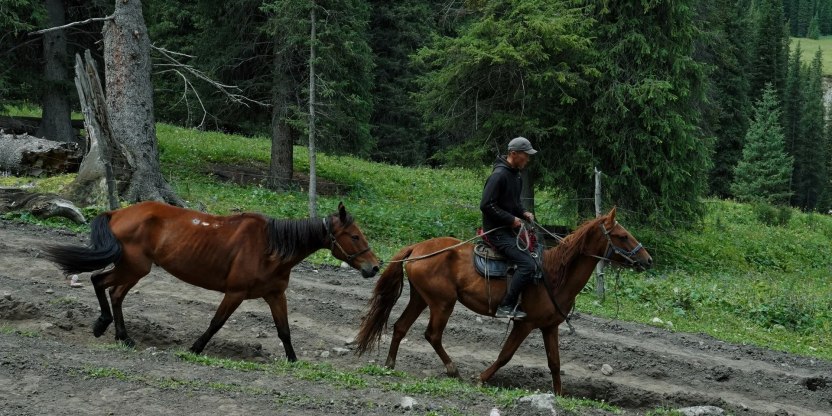
For Silk Road travel, check visa requirements for China (including Xinjiang, Gansu, Qinghai) and Central Asian countries (Kazakhstan, Uzbekistan, etc.).
China requires a tourist visa (L visa), while Central Asian nations may offer e-visas or visa-free entry for certain passports.
Note: Xinjiang and Tibet have additional travel permits. Ensure your passport has 6+ months validity. Carry printed hotel bookings and itinerary copies. Border crossings (e.g., China-Kazakhstan) may have strict checks—arrive early. Register with your embassy if visiting remote areas. Some Central Asian borders only accept USD cash for visas-on-arrival.
More details:
Visa & Border Info to Visit China & Central Asia
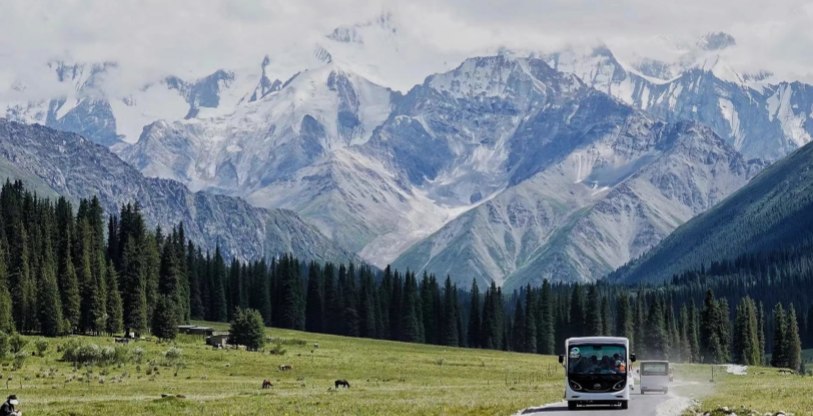
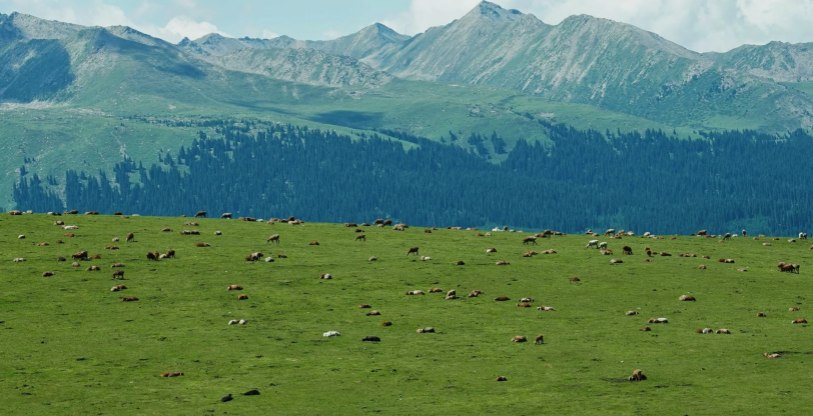
Spring (April–May): Enjoy the sight of blooming apricot flowers in Uzbekistan.
Autumn (September–October): A perfect time to witness the golden poplar forests in Xinjiang.

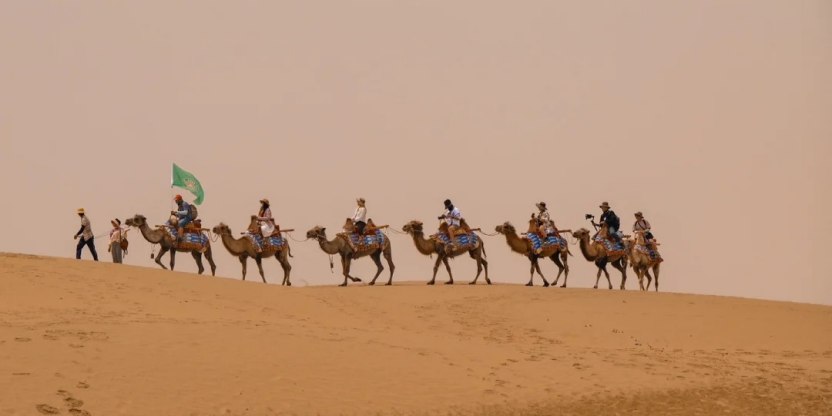
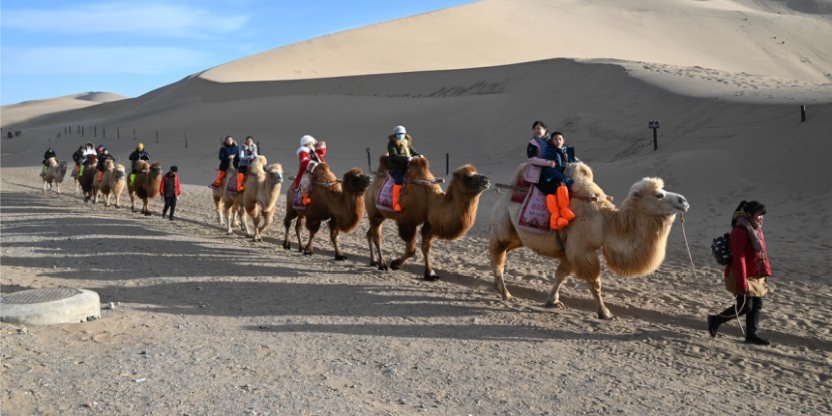
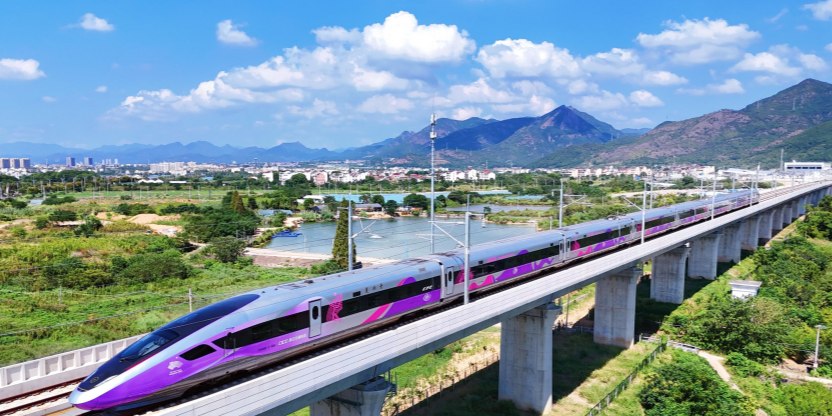
How to Travel to Xinjiang & Aound? Transportation Guide

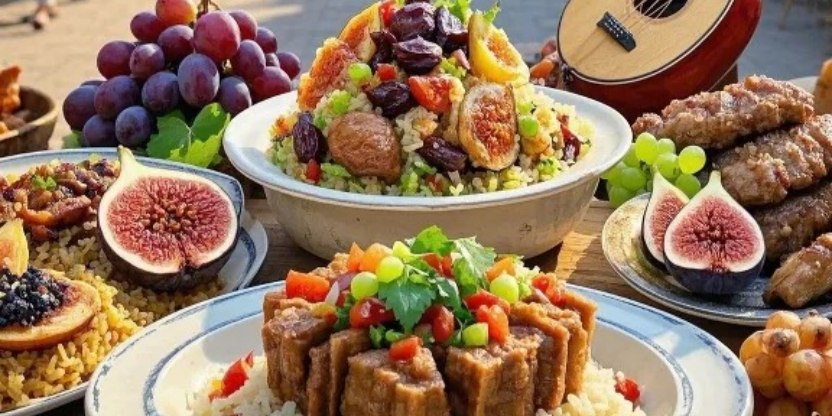
Further Reading:
Let's co-create your adventure along the Silk Road.
Tell us your vision for a Silk Road tour, and we'll make it a reality this year.
Let your Silk Road tour tell a thousand-year-old story.
Top Destination
Information
Copyright © 2009-2025 AsiaSilkRoadTours. All Rights Reserved.
Our website uses cookies to deliver you the best possible web experience. Learn more